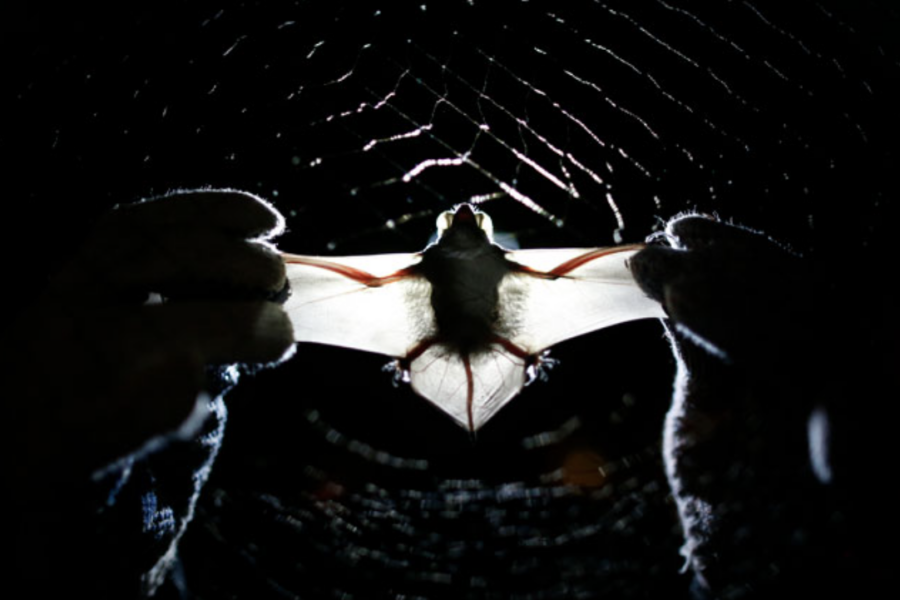Our hunger for resources is driving worldwide destruction of areas rich with bats, carriers of tens of thousands of viruses. A Reuters data analysis pinpoints areas where conditions are ripe for a bat-borne disease to spill over to humanity. We’ve dubbed these areas “jump zones.” For millennia, bat viruses posed little threat to humanity. Undisturbed wildlife habitat provided a protective barrier between pathogens and people. But human incursions have created a minefield of risk covering more than 9 million sq km across 113 countries, Reuters found. Now, more than one of every five people on Earth lives in these areas.
Scientists have accelerated testing of bats in areas such as Laos, where they found viruses similar to the one that causes COVID-19. High-speed rail, like the link China is building in Southeast Asia, can help spread these viruses from once-remote areas to the rest of the world.Quickly expanding jump zones in India are home to 500 million people, more than anywhere in the world. Fruit-loving bats feast on mangoes planted around newly constructed homes in the state of Kerala, where the deadly Nipah virus has surfaced three times since 2018.
Scientists see Brazil as a likely cradle of a future pandemic. Rapid rainforest destruction has left 1.5 million sq km of land ripe for a bat-borne pathogen to infect humans. That’s the most of any country.
about:blank
